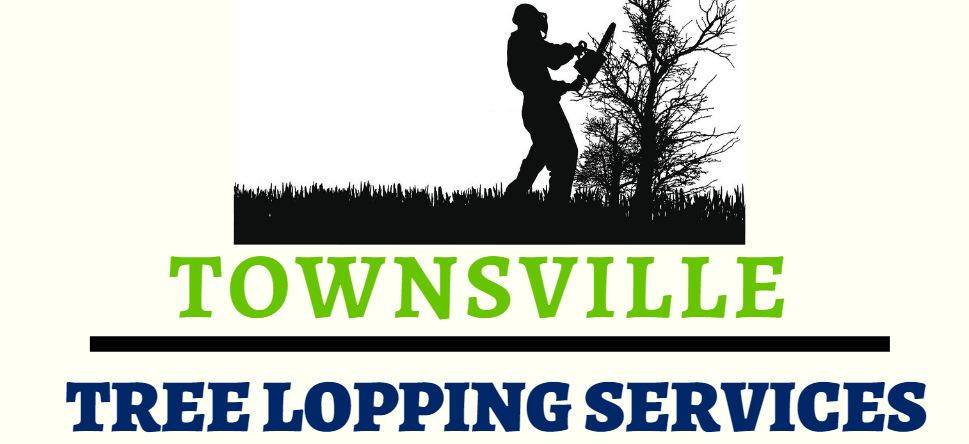Written by Perla Irish and published on https://www.dreamlandsdesign.com/
Pruning is an integral part of proper tree maintenance. There are many pruning techniques and trimming tips that can help you give an excellent shape to your trees. With proper knowledge and equipment, it’s possible to prune trees as required to refine their appearance and maintain their health. Pruning is also important to remove dead branches that are potentially dangerous and other commonly occurring issues.
If you have a tree that needs pruning, it’s always best to seek the help of professional arborists. However, if you have some experience of doing such activities and want to perform the job yourself, it’s important to know the right techniques. If you simply want to educate yourself on tree maintenance, pruning tips and techniques are a valuable information to attain.
Table of Contents
Tree Pruning and Trimming: An Integral Part of Professional Tree Care in Australia
One of the most critical aspects of professional tree care in Australia is tree pruning and trimming. This activity can be broadly categorised into two distinct sections. The first is hazard management where branches or limbs of trees that are old and diseased are removed to avert any danger to life if they break off and fall below. The second is landscape management that focuses on enhancing the aesthetics of a garden or public space.
Hence, tree trimming is all about improving the health of trees through enhanced structural integrity and appearance.
Tree Pruning and Trimming
Tree pruning and trimming should best be left to trained arborists and tree care services. While it is alright to take a pair of shears and occasionally trim the tops of small hedges and bushes, real tree trimming can indeed be a life-threatening exercise for the ordinary person tending to his garden and harmful for trees too if not done correctly.
Climbing up a ladder to reach the top of the crown for trimming or removing branches and limbs that have grown beyond boundaries is not easy. Further, it has to be ensured that not more than 30% of the foliage is removed at a time. Trees draw their sustenance through leaves and trimming more than that will hamper growth and health.
This aspect is one reason why local tree care agencies should be hired for tree trimming. For instance, residents of Melbourne in Australia can contact Daryl’s Tree Removal & Surgery, a tree care agency with long years of experience in the field of professional tree trimming services.
Benefits of Tree Trimming
There are many benefits of professional tree trimming when carried out by trained and qualified arborists.
- For Health
Trees, especially old ones have to be periodically trimmed to ensure that they remain healthy. Broken, diseased and dead branches have to be inspected and removed to make sure that decay-producing fungi and bacteria in one part of the tree does not spread to other areas.
Additionally, removing select branches inside the canopy is necessary to increase circulation of air and exposure to sunlight within the foliage, thereby leading to healthy growth.
- For Structural Enhancement
Structural enhancement is also known as developmental tree pruning and is usually carried out on young trees. It helps new plants to achieve desired branch architecture and structural integrity. As the landscape grows and matures later, there will not be a need for additional structural support to trees.
- For Aesthetics
Tree pruning is necessary for increasing the aesthetics of plants and trees and give them the desired shape. Unique and eye-catching forms are possible when trimming is handled by professional tree pruning services.
- For Safety
Trees that are critically damaged in severe storms or lightning strikes pose a threat to life below. Safety audits carried out by specialist tree care agencies identify such trees and trim the affected limbs.
It is especially true for trees on driveways, pedestrian paths and those near homes. Even low hanging branches on roads that obstruct the line of vision of motorists should be trimmed for safety.
Tree Pruning Techniques
Here are some common tree pruning techniques used by experienced arborists and tree care agencies.
- Crown Thinning
Crown thinning process is carried out to increase circulation of air and sunlight within the canopy without changing the structural integrity or appearance of trees. The outer edges of the branches are trimmed with the main focus being on removing limbs with small diameters so as not to affect the strength of the trees.
- Crown Lifting
Crown lifting is necessary to remove lower branches of the crown to clear the way over roads, paths or driveways. It is also done to clear dense foliage at the bottom of the crown. Since the lower branches only are removed, the overall aesthetics of trees are not affected by crown lifting.
However, this type of trimming has to be carried out judiciously as the lower branches are thicker and hence wounds from trimming will be more extensive. If carried out randomly, crown lifting can adversely affect the health of trees.
- Crown Reduction
This technique is to reduce the total size of the crown by shortening the branches down to a particular growth point. This exercise is carried out when the branches and limbs have outgrown the space a tree stands in, say, on to neighbours’ gardens or roof of the house.
Crown reduction should be done as a last resort as it often entails removing of branches with large diameters resulting in deep wounds which might start to decay and affect the health of trees. This process should not be carried out on trees with a pyramidal shape such as birches and conifers.
- Dead Wooding
This process is to remove dead, dying or diseased limbs and branches to ensure the long life of trees and enable it to grow to its full potential. Formation of dead wood within the crown is a natural result of a tree’s growth and has to be removed periodically.
Original post here https://www.dreamlandsdesign.com/tree-pruning-and-trimming/.
